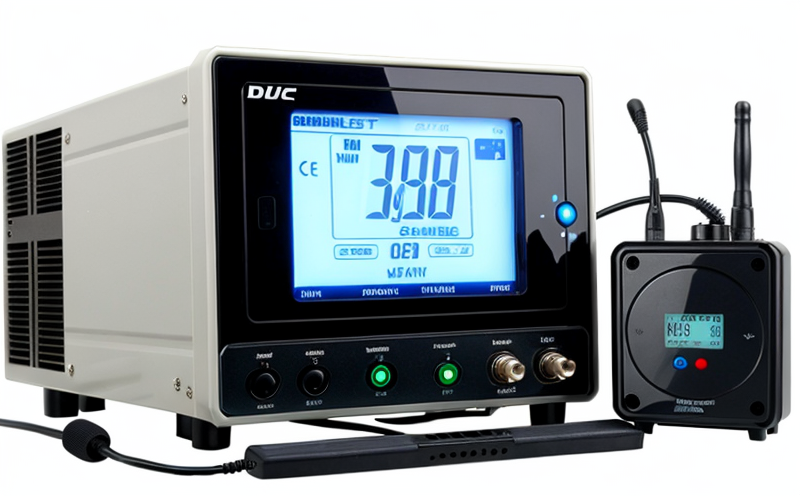3GPP TS 36 521 LTE RF Conformance User Equipment Testing
The 3rd Generation Partnership Project (3GPP) Technical Specification (TS) 36.521 is a crucial document for the development and validation of Long-Term Evolution (LTE) user equipment, including mobile phones and other wireless devices. This specification sets forth detailed procedures and criteria for ensuring that LTE devices meet the necessary quality standards in terms of RF performance.
RF conformance testing under 3GPP TS 36.521 is essential for manufacturers to ensure their products comply with global regulatory requirements, such as those set by the International Telecommunication Union (ITU) and regional bodies like the FCC or ETSI. This compliance ensures interoperability between devices from different manufacturers and facilitates seamless communication within LTE networks.
The testing process involves several key stages, including device identification, RF parameter measurement, and interference analysis. During these tests, various parameters such as power spectral density, adjacent channel leakage ratio (ACLR), and error vector magnitude (EVM) are measured to ensure that the device operates within specified limits.
For quality managers and compliance officers, this testing is critical for ensuring that their products meet regulatory requirements and perform reliably in real-world conditions. For R&D engineers and procurement professionals, it provides a reliable basis for product development and supply chain decisions.
The testing process typically involves the use of specialized equipment such as vector network analyzers (VNAs) and spectrum analyzers. These instruments are capable of measuring RF signals over wide frequency ranges, providing accurate data on signal strength, quality, and interference levels.
Compliance with 3GPP TS 36.521 ensures that devices operate efficiently within LTE networks, minimizing the risk of interference and ensuring reliable communication. This compliance is particularly important for devices operating in crowded frequency bands where multiple users share limited bandwidth resources.
The testing process also includes verification of the device's ability to handle various network conditions, including high traffic volumes and poor signal quality. This ensures that the device can maintain performance under challenging conditions, which is crucial for ensuring a good user experience.
| Application | Description |
|---|---|
| Mobile Phone Testing | Ensures that mobile phones meet RF performance standards and operate reliably within LTE networks. |
| Wi-Fi Router Testing | Verifies the compatibility of Wi-Fi routers with LTE networks, ensuring seamless communication between devices. |
| Smartphone Testing | Guarantees that smartphones meet RF performance standards and operate reliably within LTE networks. |
| Modem Testing | Ensures that modems are compatible with LTE networks and can transmit data accurately and efficiently. |
Benefits
- Ensure compliance with global regulatory requirements, including ITU and regional bodies like the FCC or ETSI.
- Facilitate interoperability between devices from different manufacturers, ensuring seamless communication within LTE networks.
- Minimize the risk of interference by verifying that devices operate efficiently within LTE networks.
- Ensure reliable communication under challenging network conditions, including high traffic volumes and poor signal quality.
- Guarantee a good user experience by ensuring that devices maintain performance in real-world conditions.





